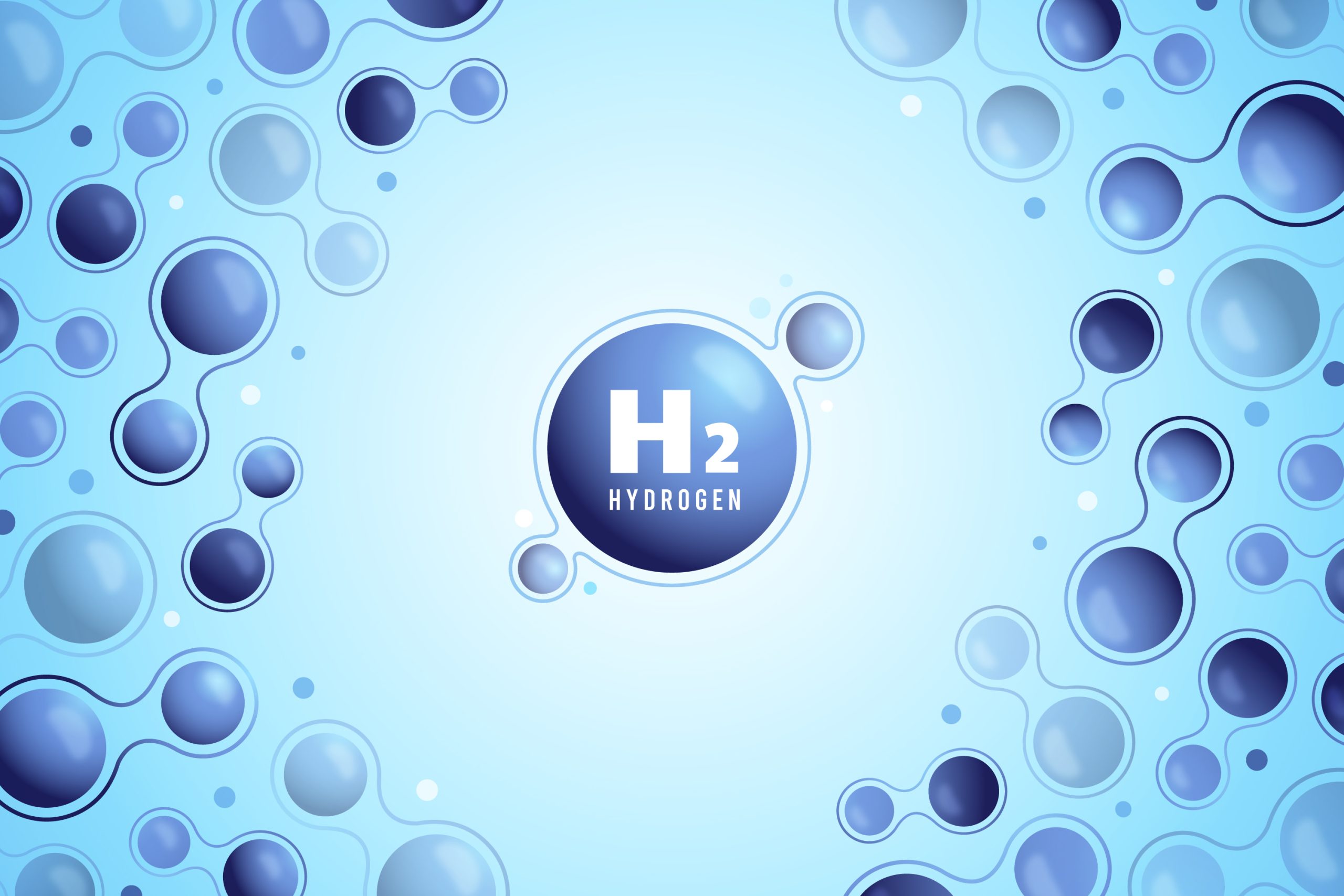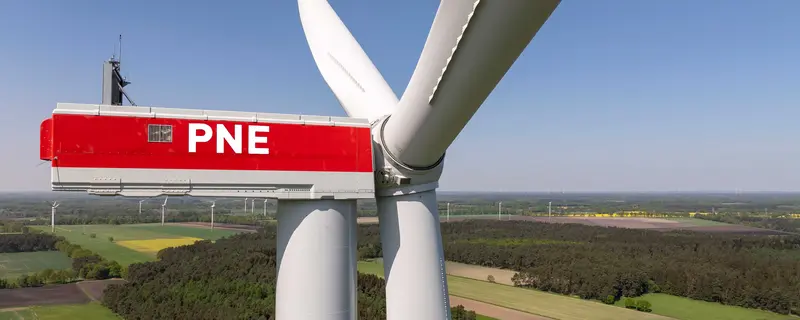On 26th of May 2023, an industry-wide alliance of supporters issued a call to enshrine clear goals for offshore electrolysis in the National Hydrogen Strategy (NWS). The core objective is a long-term and sustainable perspective for offshore electrolysis and thus the German contribution to green hydrogen from the high seas.
AquaVentus and its projects stand for a reliable supply of green hydrogen in Germany integrated into the future German hydrogen core network. Germany’s need is enormous. In its lead study, dena forecasts a demand volume of 500 TWh/a by 2045. The corridors from the North Sea and Baltic Sea alone could cover 80% of this demand. AquaVentus supports the multilateral declaration of Ostend with the “North Sea Gas TSO declaration”, the declaration of intent for the cooperation of European gas transport companies in hydrogen transport. Germany needs pipelines connecting it to its European neighbors. The advantages of a North Sea network system for the German and European hydrogen market have only recently been proven by the study by the technology consulting company DNV. Pipelines can transport energy much more environmentally friendly, cheaper and faster than high-voltage (HVDC) cables, according to a study by AFRY Management Consulting.
In Ostend, Germany, Denmark, the Netherlands and the United Kingdom have jointly set the target of achieving an electrolysis capacity of around 30 gigawatts (onshore and offshore) by 2030 and want to expand their production even further by 2050. The AquaVentus Initiative see it as positive when the Ostend declaration states: “Germany will initiate the development of large-scale demonstration projects for the offshore production of renewable hydrogen with a total capacity of 1 gigawatt through the first auctions in the short term.”
But all of this requires a clear and concrete perspective. This is the only way to build value chains and make investments. It is therefore crucial that, as a first step, the National Hydrogen Strategy currently being discussed also includes a strategy for offshore hydrogen. Offshore hydrogen not only has to be green, it also has to be thought big, and the total areas of approx. 1 gigawatt indicated in the area development plan (FEP) are not sufficient to produce green hydrogen competitively. The next FEP must identify additional areas so that AquaVentus can realize the 10 gigawatts in the future. The initiative, together with other partners in the so-called “hydrogen eight”, is also working on the fact that the Federal Maritime and Hydrographic Agency (BSH) will, in accordance with the study by the Federal Association of Offshore Wind Farm Operators (BWO) and on the basis of its own investigations, further areas – possibly also for the knockout – Usage – will identify.
Together with its partners in Europe, Germany is creating the “Green Power Plant North Sea”, generating veritable quantities at home and thus making it possible for plant manufacturers to grow in their home country, create jobs from manual workers to engineers, to produce and operate the plants here in Germany ensure at sea. So it’s about security of supply, affordability, jobs and know-how. This “North Sea green power plant” corresponds in particular to the needs of the industrial clusters in the neighboring countries.
2023 is the year of setting the course for green hydrogen
The G7 summit was also discussing the global climate and energy challenges. Green hydrogen is seen here as the key to decarbonizing gas-hungry industries.
Therefore, clear and sustainable perspectives are now needed to build value chains and make investments. These signals for network expansion are of central importance not only for the producers and transporters, but also for the customers and buyers. There is currently a lack of incentives and clarity for good and fair locational advantages in Germany in the future. Therefore, it is now important to implement the ambitious goals through suitable and binding framework conditions and to do the following:
1) Anchor the target of up to 10 gigawatts of offshore electrolysis capacity by 2035
With the designation of a first “other energy generation area” (SEN-1), an important milestone was set to provide areas of up to a total of 1 GW of generation capacity by 2030. Companies along the entire value chain are ready to advance the development of an offshore hydrogen economy in Germany and Europe. The prerequisite for this is that the associated supply chains receive a sustainable perspective through the update of the National Hydrogen Strategy (NWS). The German contribution to a networked European hydrogen economy should therefore be set in the NWS at up to 10 gigawatts of generation capacity for green hydrogen at sea by 2035.
2) Advance national and European offshore hydrogen grid planning
In Ostend, Germany, Denmark, the Netherlands and the United Kingdom have jointly set the target of reaching around 30 GW of electrolysis capacity on land and at sea by 2030 and to further expand their production by 2050. The connection of production areas at sea and the development of a dedicated offshore hydrogen pipeline infrastructure as part of national and European grid development planning is a central component. This goal must become part of the NWS and also provide for networking with other actors, such as the Netherlands, Denmark, Scotland (UK) or Norway.The basic requirement for this is that the German offshore network section becomes part of a European Hydrogen Backbone Offshore with defined transfer points and becomes an integral part of the future German hydrogen core network.
3) Promote reliable framework conditions for offshore hydrogen
Offshore electrolysis from wind power has great potential. A binding and stable legal framework for the production, transport and acceptance of hydrogen produced at sea is key to increasing investment security along the entire value chain. The aim must be to make Germany the technology leader for hydrogen production at sea. This must be accompanied by reliable incentives for individual sectors to use green hydrogen (e.g. via climate protection agreements or quotas). To the same extent, for reasons of planning security and economic viability, it is necessary for the Federal Government to support appropriate, predictable and stable network charges for the infrastructure. Long-term contracts for generation and demand are important and, due to the uncertain market development, require the cost difference adjustment of instruments such as H2Global or the EU H2Bank for Germany and the EU.
The industry appeal is available here.
Source: AquaVentus














